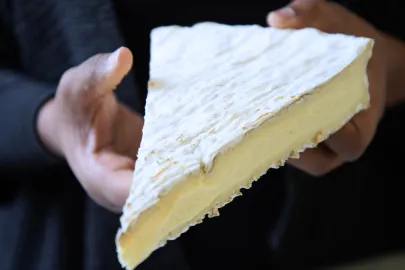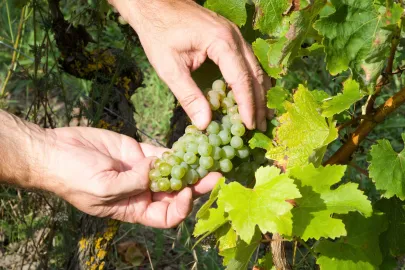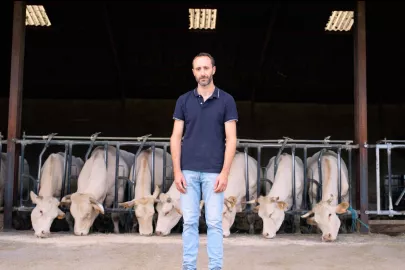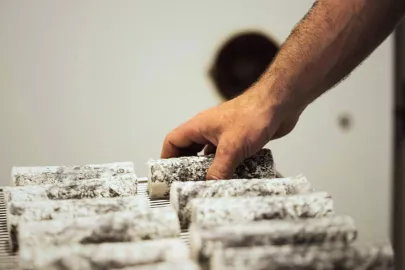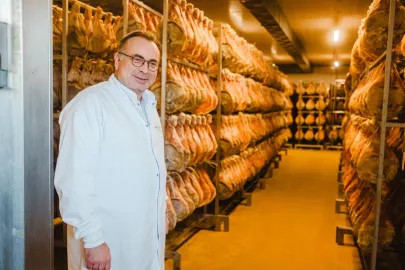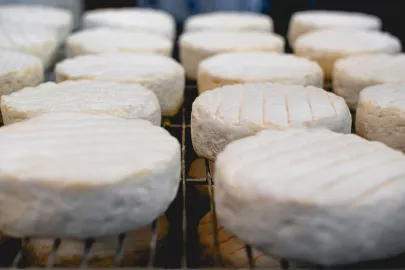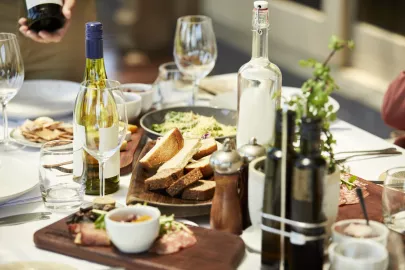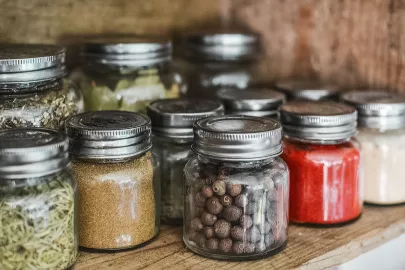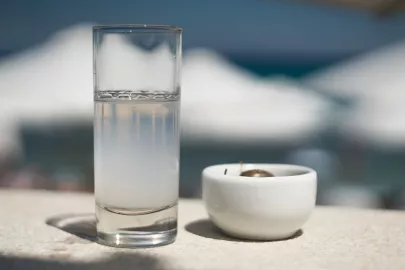Julie Balagny, the Beaujolais successor
Meet one of the new natural champions emerging from a vineyard with so much more to it than its infamous nouveau. We visited her land south of Mâcon.
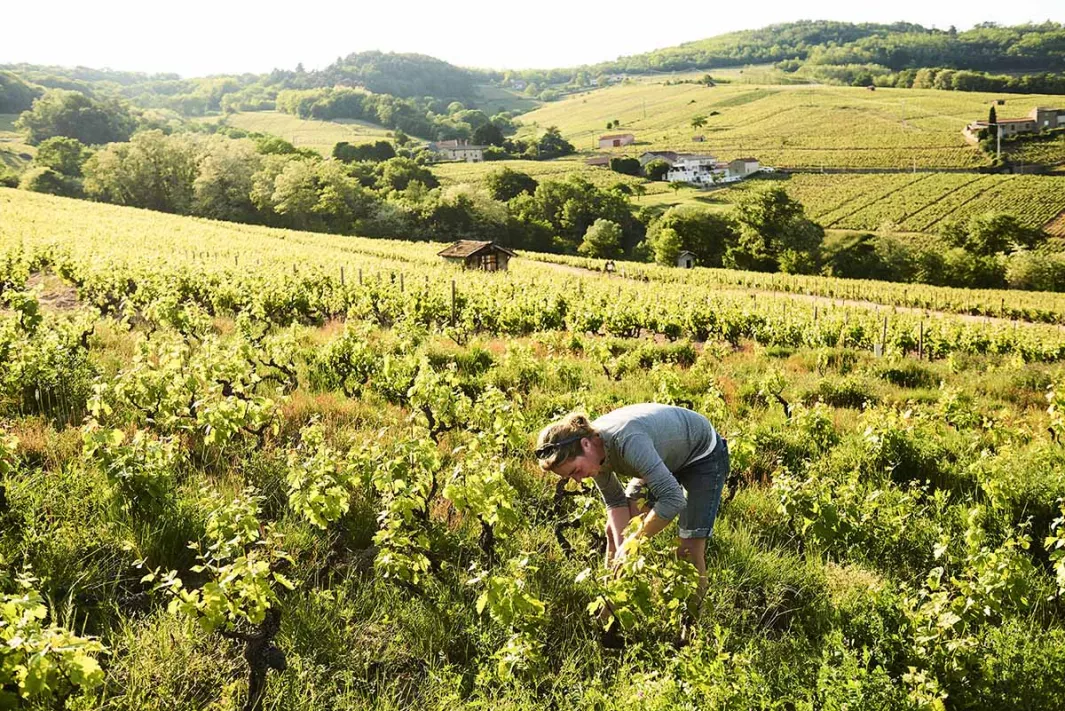
From Paris to Beaujolais
This is the story of a young Parisian woman from a middle-class family who dreamed of living in the countryside from an early age. Her name? Julie Balagny. Drawn by the vineyards, she left the capital in 1999. She trained and studied in the areas of Perpignan and Cahors, devoured the books that would inform her practice, discovered biodynamics and drank her first natural wines, before taking charge of the Terre des Chardons estate near Nîmes, for four years. She met Marcel Lapierre first, at a barbecue. Then she met other pioneering natural winegrowers, like Yvon Métras, who encouraged her to branch out on her own. He found her a plot of three hectares in Fleurie, where he is based, in the Beaujolais region, and supported her through her first year, 2009.
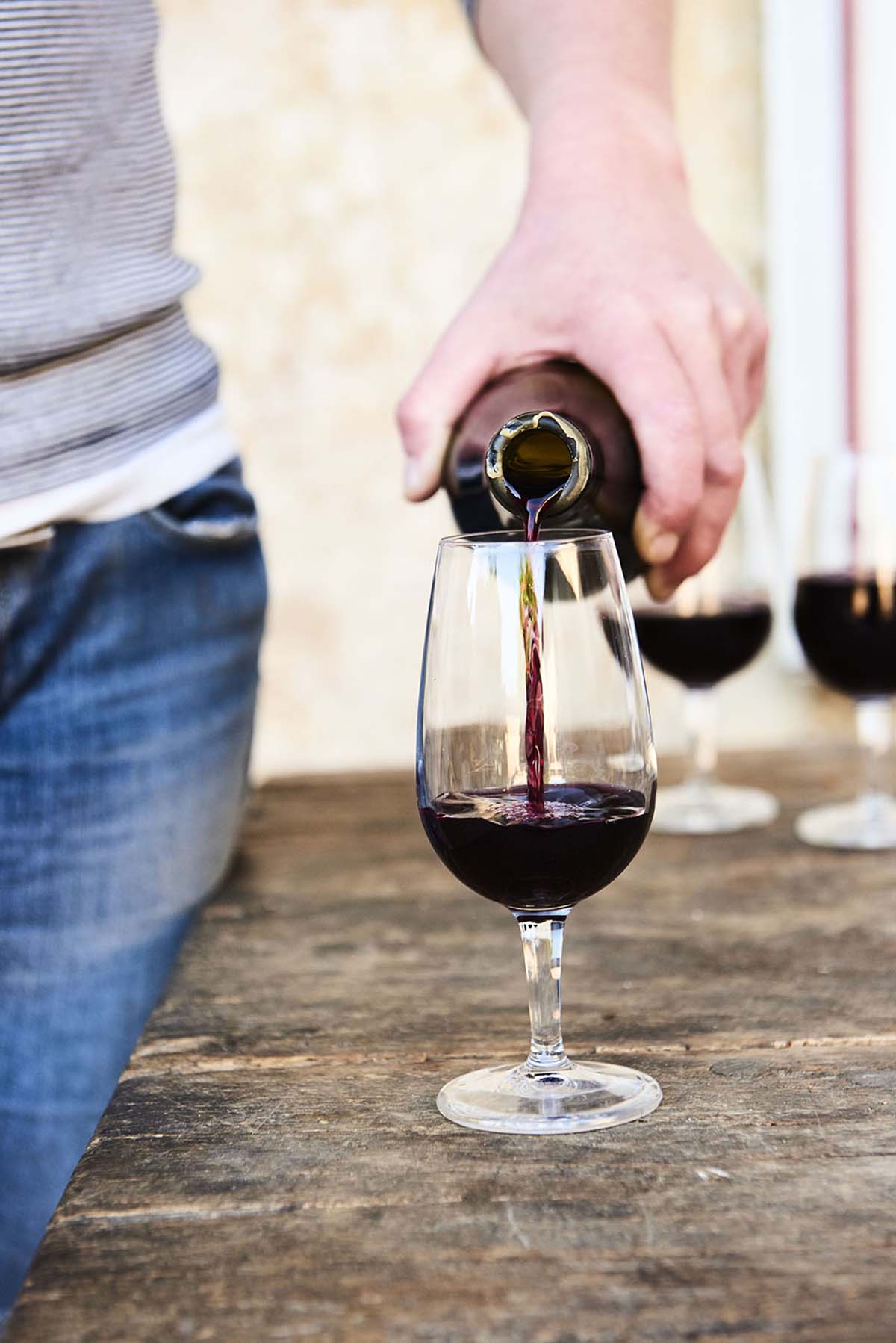
© LOUIS-LAURENT GRANDADAM
A community
Sitting at a table in the courtyard of her beautifully aged house in Romanèche-Thorins, Julie Balagny continually emphasizes that social aspect, the idea of helping each other out and the notion of passing on knowledge that are at the heart of the “natural” Beaujolais movement. The French Paradox may be well known, but there is also a Beaujolais Paradox: its new wine, celebrated every third Thursday of November, brought the region worldwide renown but also a reputation for at best trivial, first year wines. But things are changing, for the better, in this region with twelve appellations to its name, ten of which are classified as crus, endowed with magnificent terroirs. Beaujolais is in fact one of the birthplaces of natural wines, and remains one of their greatest purveyors. A constant stream of young winemakers are arriving in the region and not only following in the footsteps of pioneers such as Marcel Lapierre, Yvon Métras, Jean Foillard, Jean-Paul Thévenet, Guy Breton and others, but doing so with their approval and even their support. Julie Balagny is a perfect example, and now she in turn is more than willing to help friends and those starting out.

© LOUIS-LAURENT GRANDADAM
An evolving estate
Nowadays, she cultivates five and a half hectares (13.6 acres) in the Fleurie, Moulin-à-Vent and Beaujolais appellations. Whilst she has a strong sense of community, Julie has plenty to do on her own plot too. She is here, there, and everywhere, grabbing a hoe and heading off to clear the weeds from a parcel of vines from 1913, renovating her cellar, feeding the goats and chickens who graze in the vineyard during winter... She strives for texture in her wines, which are indeed meaty, harvests her grapes when they are ripe but not overripe, looks for tannins but without hard edges… She is proof of the ongoing change shift in Beaujolais, and she’s not the only one. That image of a nice little light wine that has dogged its Gamay is starting to fade. And Julie is playing a full part in this transformation.
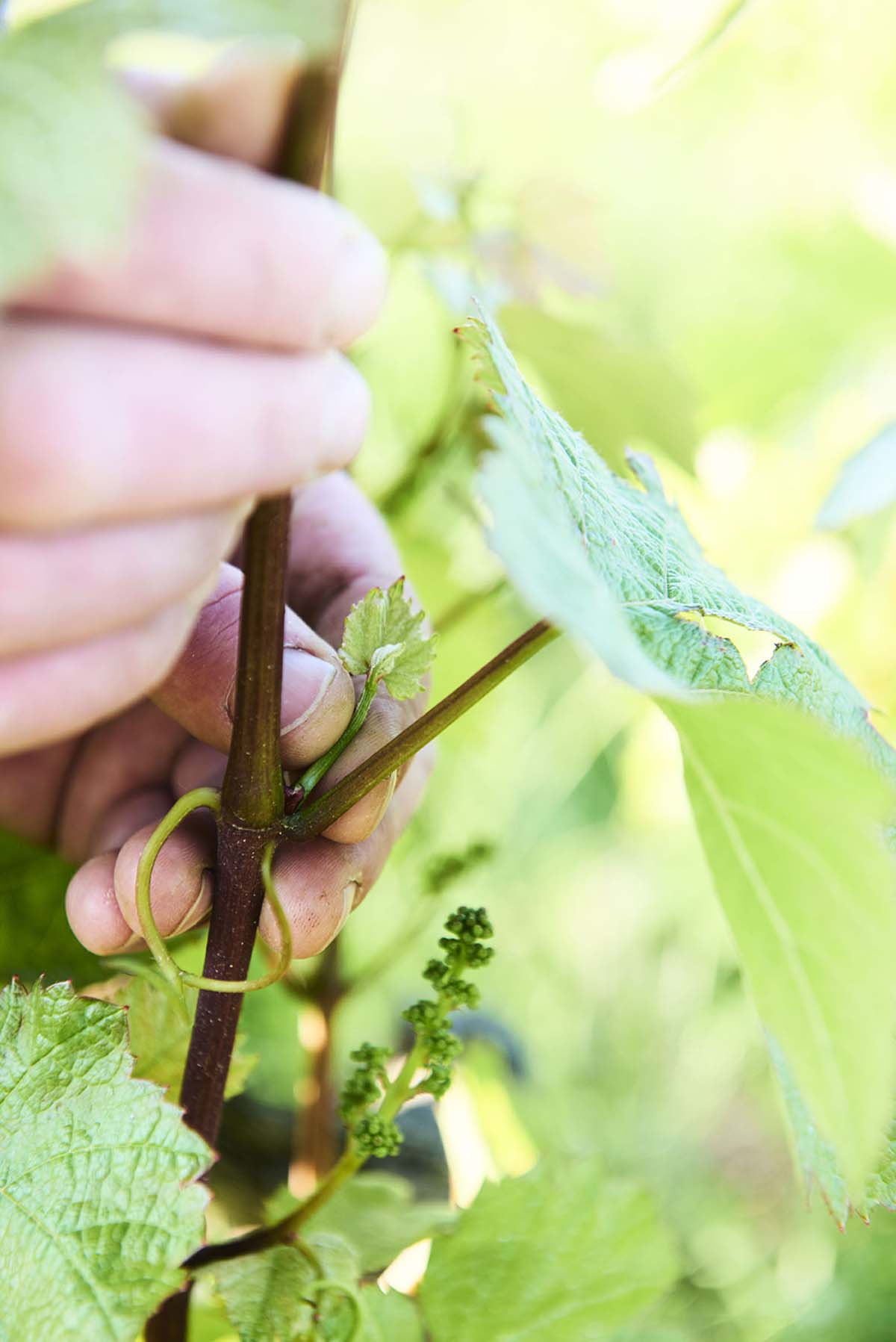
© ©LOUIS-LAURENT GRANDADAM
Taste France Magazine’s selection
Fleurie – “En Remont” 2019
Produced from a granite and quartz terroir on the Fleurie appellation, this wine combines the joyousness of Gamay, plenty of crispness and a lovely depth.
Fleurie – “Cayenne” 2019
A clean but very sensual wine produced from a granite and basalt terroir and 30-35-year-old vines. A sincere bottle that puts pleasure before ostentation. And with all the characteristic meatiness of this estate.
Contributor

Editor

